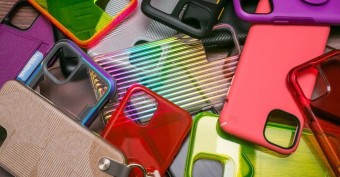TOP 5 smartphones with a widescreen display
We independently test the products and technologies that we recommend.
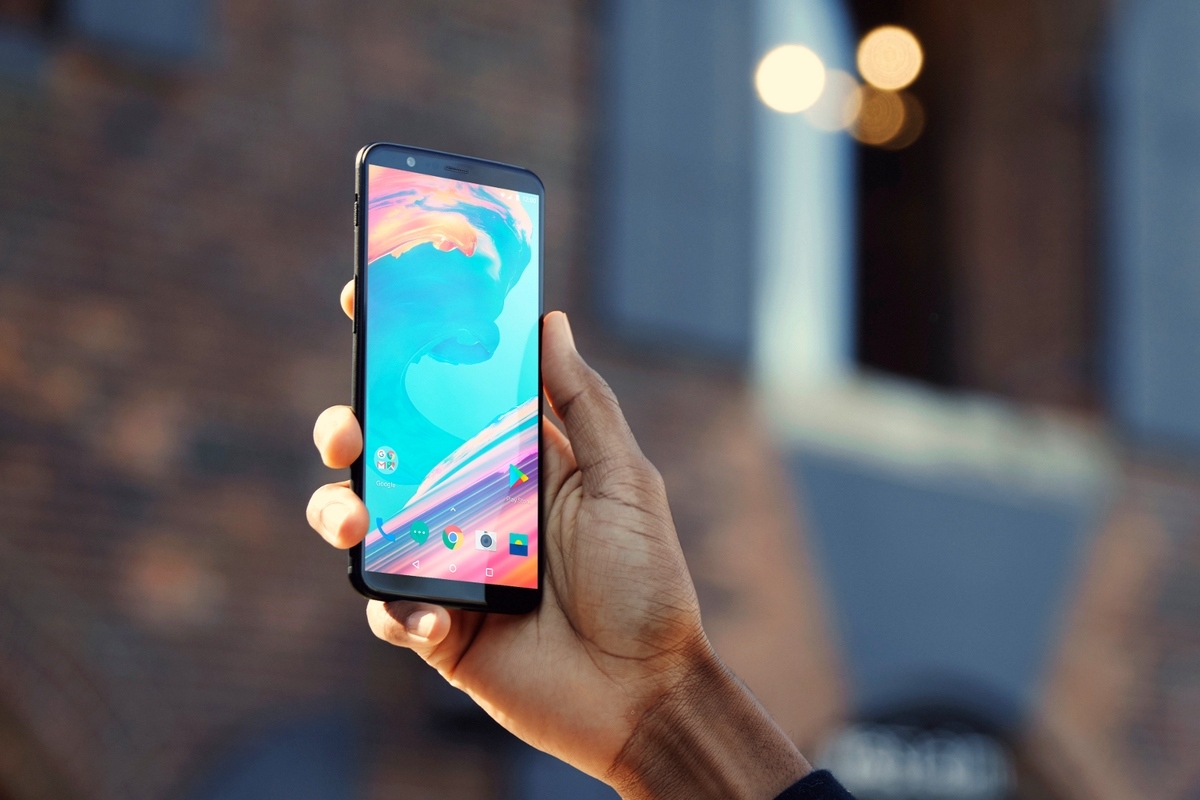
Detailed specifications of the models included in the TOP are given in the comparative table of smartphones with a wide screen. All offers of stores are collected together in a complete catalog of mobile phones. We also recommend reading the article "Display without borders: TOP 5 frameless smartphones".
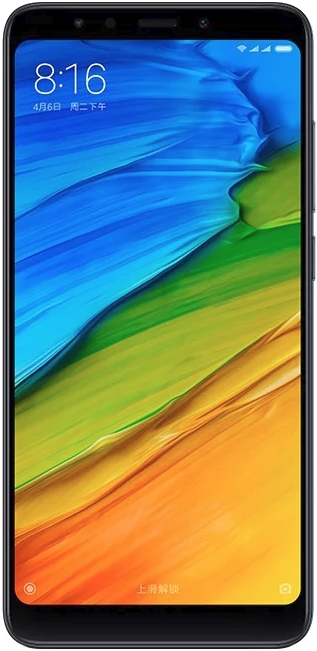
The fifth generation of Xiaomi's popular Redmi line of smartphones is pushing the widescreen trend to the masses. At the time of the announcement, it can only compete with devices from Chinese second-tier brands, a couple of mid-range mobile gadgets and, of course, flagship smartphones, in which the frameless style was peeped.
Xiaomi Redmi 5 is enclosed in a metal case with plastic inserts at the top and bottom. The cardinal differences from the previous members of the family are visible from the front, where the screen is installed with relatively small frames around the entire perimeter. The display diagonal has grown significantly (from 5 to 5.7"), which cannot be said about the resolution, which corresponds to the HD + format (1440x720 pixels). A higher pixel density can be offered by the older modification of the device — Xiaomi Redmi 5 Plus 32 GB / 3 GB with a 5.99-inch FullHD+ screen.
The hardware platform of the gadget is based on the "thunderstorm" of the initial class — the 8-core Snapdragon 450 processor. At its core, it is a version of the mid-range 625th "dragon" cut down in frequencies. In tandem with 3 GB of RAM, the processor provides a confident daily operation of the gadget and decent performance in mobile gaming (not at the highest graphics settings in serious games).
The screen has become the only newfangled trend that has found application on board the device. The cameras in the smartphone’s equipment remained “one-eyed”: a 12 MP sensor with f / 2.2 aperture acts as the main photomodule, and Xiaomi Redmi 5 uses a 5 MP selfie module with a maximum aperture of f / 2.0 as a front camera. The camera on the front panel is complemented by its own flash to illuminate the face when shooting self-portraits.
In its price category, the smartphone is one of the most optimally balanced devices. It has a smart fingerprint scanner, an infrared port for controlling home appliances and a full set of communication modules for accessing the Internet and navigating the area (with the exception of the NFC chip). All this together is designed to satisfy the needs of ordinary consumers who do not want to overpay for flagship solutions.
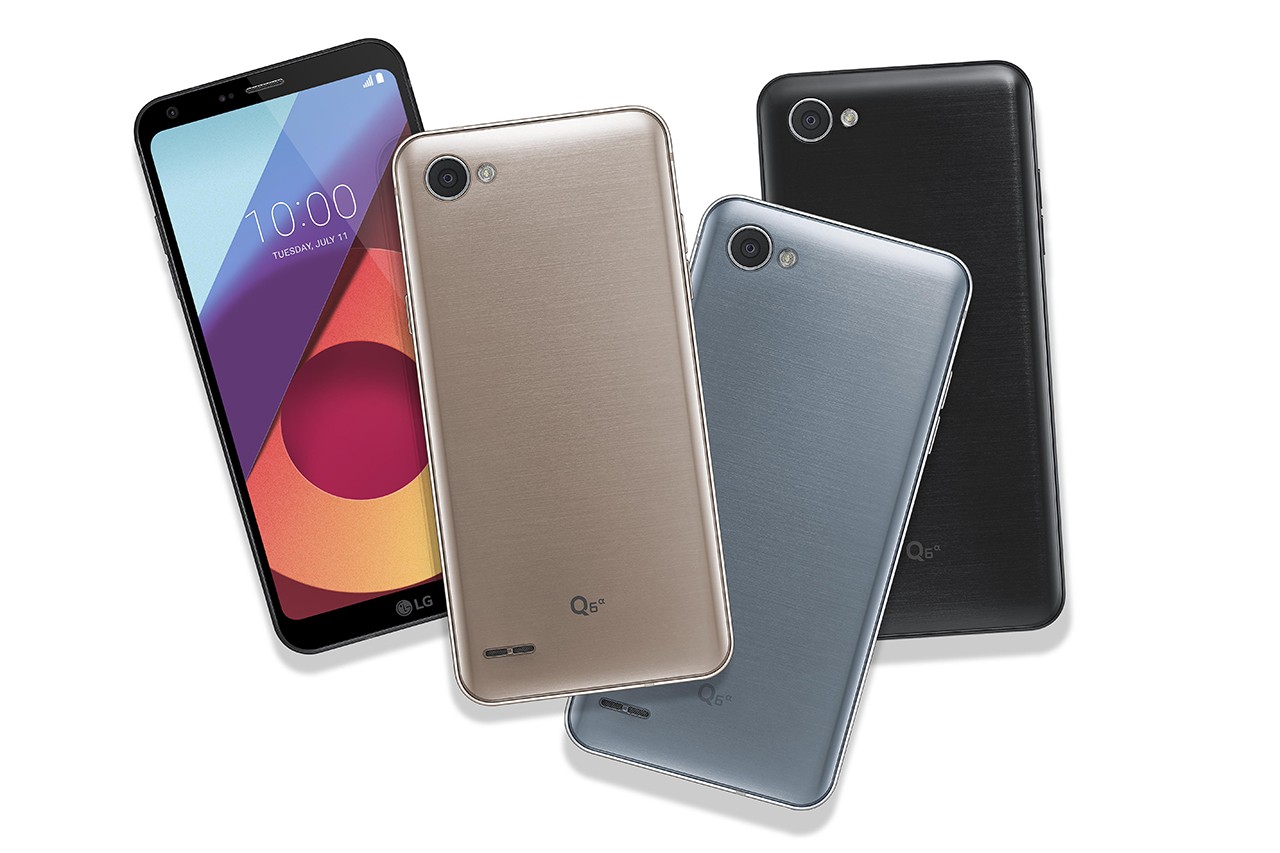
To the chagrin of many, the fashion to release mini versions of flagship smartphones has sunk into oblivion. However, watching the model with the Q6 prefix, you can’t say this — the device retained the maximum similarity with the top , borrowing from it the 18:9 widescreen and general styling cues.
In fact, there are not so few differences between the LG Q6 and its older brother. It is given out by its modest size, the absence of a fingerprint scanner and a dual main camera module. Nevertheless, with a comparable size to 5-inch mobile gadgets, the screen of the model stretched to 5.5", instead of a fingerprint sensor, the smartphone uses a face recognition system, and a 13 MP camera on the back of the case shows decent quality photos in good light.
The main difference between the flagship and the model under consideration lies in the use of a completely different hardware platform. At the heart of the LG Q6 is a strong chip from the entry-class processor squad — Snapdragon 435. In the company with 3 GB of RAM and Adreno 505 graphics, it performs well in everyday tasks, not so rosy demonstrating its capabilities in games and "heavy" applications.
Returning to the issue of photography, it is worth mentioning the wide-angle lens in the front camera (with a field of view of 100 °), which allows you to capture more than usual in the frame when shooting selfies or grufies (group self-portraits). The camera on the front panel is also responsible for authenticating the owner of the device by face, which, unfortunately, it cannot cope with in the dark.
Double impressions leave behind a soiled glossy plastic back and a microUSB port, instead of which I would like to see a USB Type-C connector. But the smartphone has acquired an NFC chip for contactless payments and other wireless functions. LG Q6 can be safely recommended to those users who do not pursue high performance and want to get a model from a famous brand, which stands out as a bright spot against the background of the grey mass of the same type of devices.
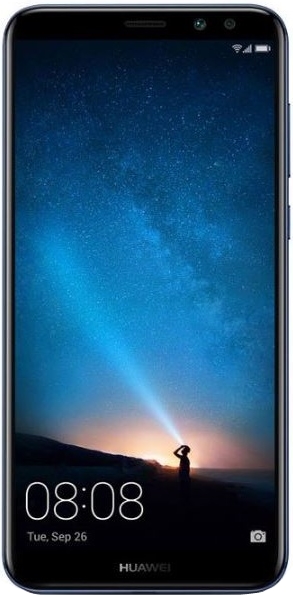
The flagship smartphone Huawei Mate 10 64 GB / 4 GB — it's not without reason that in some regions the device is known under the second name Mate 10 Lite.
The main bet in the smartphone is made on the consumption of multimedia content. Judge for yourself, the user is provided with a large screen with a diagonal of 5.9" and an aspect ratio of 18:9, good performance, and a long-lasting battery with a capacity of 3340 mAh. But for some reason, the battery did not acquire support for fast charging, and the smartphone lacks an NFC chip, which would be forgivable for state employees, but I would like to see in the arsenal of all middle-class devices, to which Huawei Nova 2i is included.
The screen of the model is framed by minimal frames on the sides and narrow stripes at the top and bottom. On top of a high-quality IPS-matrix, glass with rounded edges is installed, which smoothly flow into the edges of the metal case. The eyes of two front camera lenses (13 + 2 MP) are directed at the user from under her brows, which is done to implement the background blur function in portrait shooting. The main photomodule is also paired (16 + 2 MP) and performs similar tasks when photographing.
The assets of the device are an 8-core HiSilicon Kirin 659 processor with integrated Mali-T830 MP2 graphics, 4 GB of RAM and 64 GB of permanent memory. In synthetic performance tests, the “iron” bundle receives average scores (about 69K “points” in AnTuTu), which does not prevent the smartphone from boasting a quick response to commands in most tasks. In a separate line, it is necessary to highlight the fingerprint scanner, which is entrusted with additional functionality for managing swipes. All in all, Huawei Nova 2i is one of the best options with this combination of widescreen display and dual cameras at a reasonable cost, without major compromises.
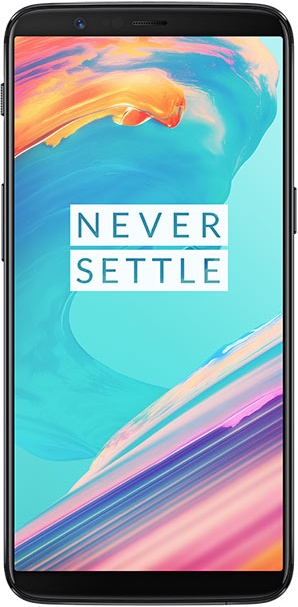
The OnePlus Five rightfully owns the laurels of one of the strongest Android smartphones of our time. At sunset in 2017, she underwent a small plastic surgery and we saw a top-level device in a frameless style “finished” in all aspects.
OnePlus 5T has a 6-inch widescreen OpticAMOLED screen. The picture on it is displayed in FullHD + format — a slightly stretched vertical resolution of 1080p (2160x1080 pixels). The display is really very good: it pleases users with a high pixel density (401ppi) along with bright and rich colours.
In favor of a frameless design, the Home key had to be sacrificed, as a result of which the fingerprint sensor moved to the back of the case. From the front, the smartphone recognizes its owner by the face, for which the front camera (16 MP module with f / 2.0 aperture) is involved. The main camera was also significantly "pumped" — the place of the second portrait module was taken by a 20-megapixel sensor with a maximum aperture of f / 1.7, whose vocation lies in improving the quality of images in low light. In normal mode, shooting is done on a 16 MP sensor with f / 1.7 aperture optics.
Technically, the smartphone is identical to the previous generation (OnePlus 5 64 GB / 6 GB ). Power bursts out of his "chest". However, you should not expect anything else from a bunch of top-end 835 “dragon” and 6 GB of RAM. In the version of the device with a storage capacity of 128 GB, the amount of "RAM" is even more — 8 GB. In addition, the smartphone is running Oxygen OS, which is a great example of how pure Android can be supplemented with interesting features without sacrificing performance.
The disadvantages of the model are found with difficulty, but they still exist. These include the lack of support for memory cards and the slow version of the USB 2.0 interface (with a two-way USB Type-C port). Both shortcomings are more than compensated by one of the main advantages of the smartphone — high- speed charging of a 3300 mAh battery. In just 15 min. it replenishes energy reserves by 32%, in half an hour — already by 63%, and in an hour it charges almost to a full tank.
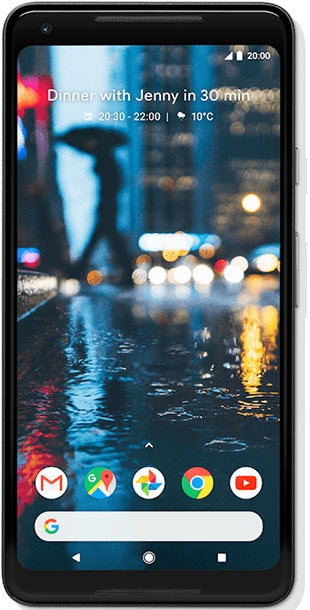
The second Googlephone, and even in XL size, is an example of an almost perfect smartphone. It's powerful, fast, takes the best photos, runs on pure Android, and is IP67 rated. And everything would be fine if not for a couple of "buts".
A significant part of the design of the smartphone is a widescreen framed by small frames. It is built on the basis of a progressive P-OLED matrix with a diagonal of 6" and a resolution of 2880x1440 pixels. The display can display the time and notification icons on a permanent basis (Always On function). The shortcomings of the model are also associated with it: firstly, when the viewing angle changes, the picture on the screen turns yellow and green, and secondly, pixels burn out on it (when the same part of the image is displayed for a long time).
In terms of performance, only a few colleagues in the shop can compete with the Google Pixel 2 XL. And it’s not even about using the most powerful “hardware” (the top-end Snapdragon 835 chip in the company with Adreno 540 graphics and 4 GB of RAM), but in the stock version of Android Oreo, under which the device operates. Cameras are also out of competition — the main 12.2 MP with f / 1.8 aperture and the selfie module 8 MP. It is worth dwelling on them in more detail.
According to the authoritative resource DxOMark, the main camera of the second "Googlephone" is recognized as the best in the modern mobile device market. With a result of 98 points, she is one step ahead of Apple iPhone X 64 GB and four notches ahead of Samsung Galaxy Note8 64 GB . Moreover, the mentioned smartphones are equipped with a paired photomodule, and one lens is installed on the “back” of the Google Pixel 2 XL. The camera is armed with an optical stub and an advanced software background blur system when shooting in portrait mode. It also extends its action to the front camera.
The smartphone was not without several branded "buns". So, the side faces of its body react to the force of compression (functionality is limited to supporting the call of a voice assistant or the ability to reset an incoming call), and when playing music near the device, the track name and artist name are displayed on the screen. Good battery life, convincing workmanship and an always up-to-date OS version also speak in favor of the second "pixel".
The keyboard does not respond to pressing and the mouse cursor does not move? Everything is solved!
Accurate scales, an electric grill, a set of knives and a couple of other kitchen appliances for a cookery gift.
Biofireplace — the warmth and comfort of a living flame, even in a city apartment.
A table LED lamp, a thermal mug and three more useful devices for office workers.
Integrity above all else! Five compact travel irons.














